CFL vs. LED vs. Incandescent Light Bulbs
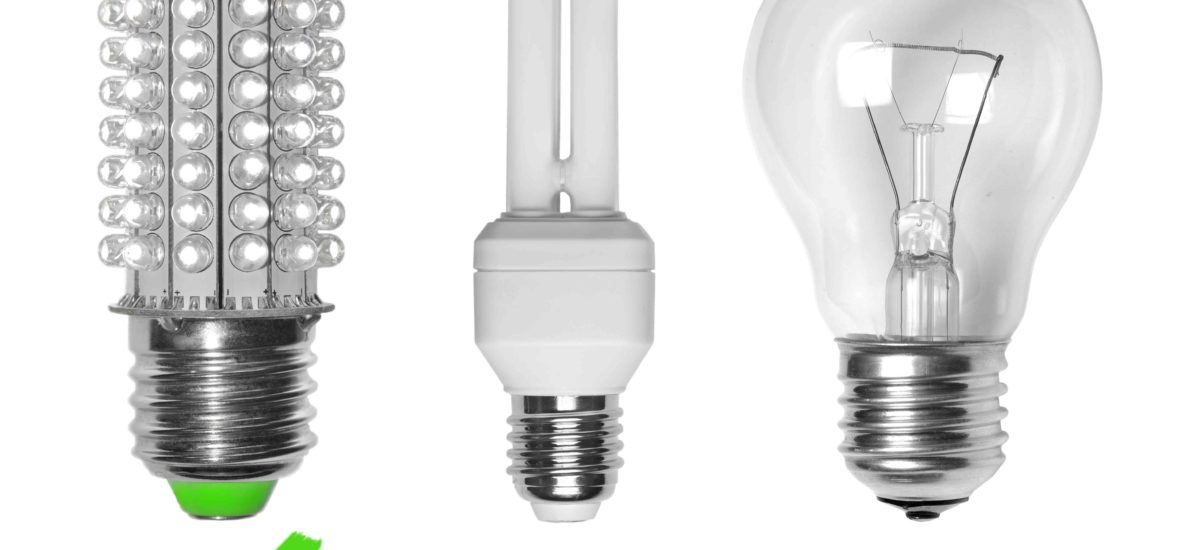
About 5% of an average household’s energy bill goes to lighting. For many years, the only style of light bulb available to households was the incandescent bulb. The Compact Fluorescent Light (CFL) bulbs would come into the scene before the light-emitting diode (LED) was introduced. The main aim behind the development of light bulbs over the years is to use as little energy as possible while getting the best light possible.
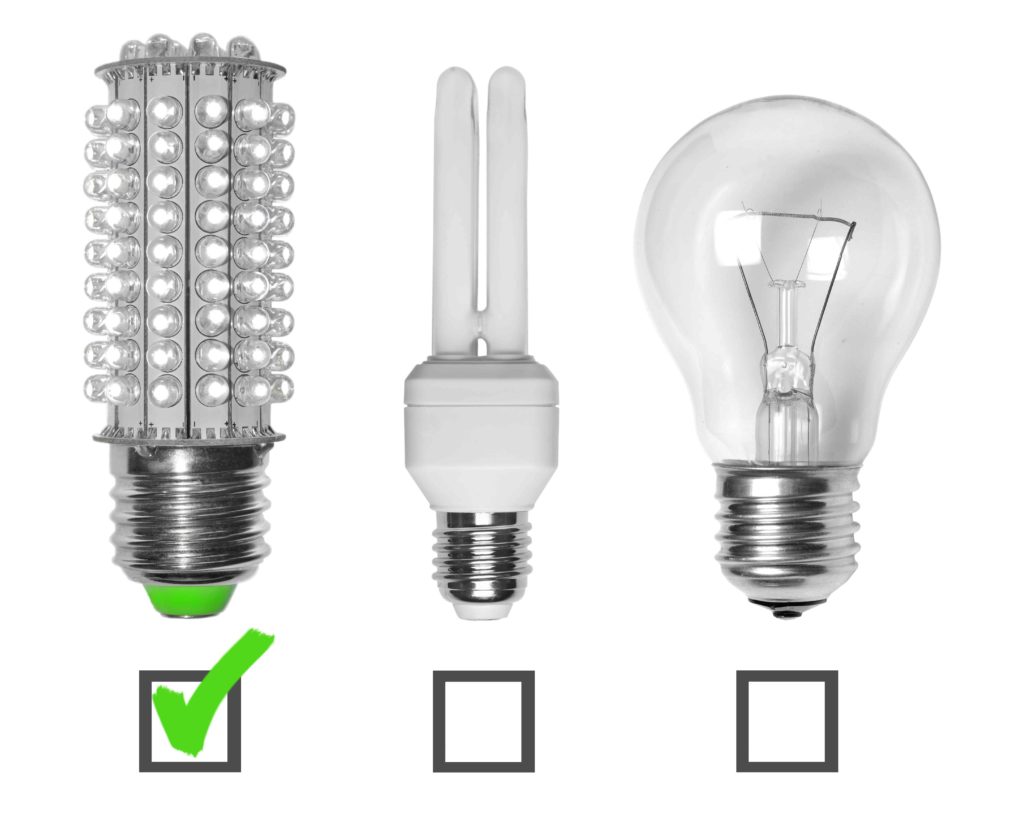
The Office of Energy Efficiency & Renewable Energy advises households that “Switching to energy-efficient lighting is one of the fastest ways to cut [their] energy bills.” The same department advises that making changes to your home’s frequently-used bulbs and fixtures could see you saving up to $45 a year.
In response to advice from such organizations as the Office of Energy Efficiency & Renewable Energy, some households leave incandescent bulbs behind and embrace two major alternatives: CFLs and LEDs. But there is an important question we need to answer if government departments and pressure groups are to convince everyone to switch: What is the difference between CFL, LED, and incandescent Light Bulbs?
In this article, we provide the answer to the question above. We will focus on different lighting choices. We compare these bulbs based on brightness, lifespan, power, heat emission, mercury hazard, the annual cost of operating each of them, and environmental impact.
Incandescent Light Bulbs
The History of Incandescent Bulbs
Forty-four years before Thomas Edison first patented the incandescent light bulb, British inventors had tested the first constant electric light in 1835. It wasn’t until Edison, and his Menlo Park researchers tinkered with the light bulb filament that a breakthrough was made with the incandescent light bulb.
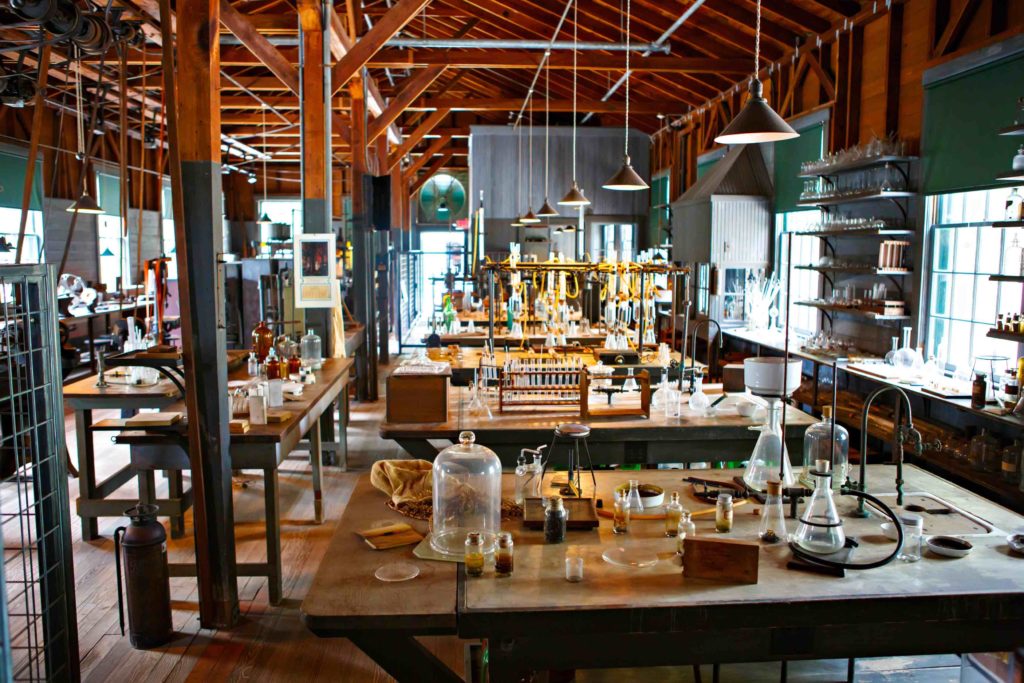
Edison experimented with a carbon filament, then a platinum filament, before reverting to the carbon filament, using an uncoated cotton thread. The result was a lightbulb that could produce light for up to 14.5 hours.
Edison and his team continued to improve on the filament and came up with one made from carbonized bamboo. This proved to be a massive success as it took Edison’s light bulbs from lasting 14 or so hours to a lifespan of 1,200 hours. This feat became possible with the discovery that creating a vacuum inside the glass casing surrounding the filament made the bulb last longer.
How do Incandescent Bulbs Work?
An incandescent bulb comprises a glass casing surrounding a tungsten filament. It works by using electrical energy to heat the filament to the point that it generates light. About 95% of that electrical energy is lost as heat, and only 5% of it produces light.
Attempts to Phase-out Incandescent Bulbs
Over a century after the first incandescent bulb, the United States’ federal government passed the Energy Independence and Security Act of 2007 (EISA) into law. The aim of the act was to outlaw most incandescent light bulbs, starting in January 2012. However, the implementation of this law was delayed due to budget cutbacks in 2012.
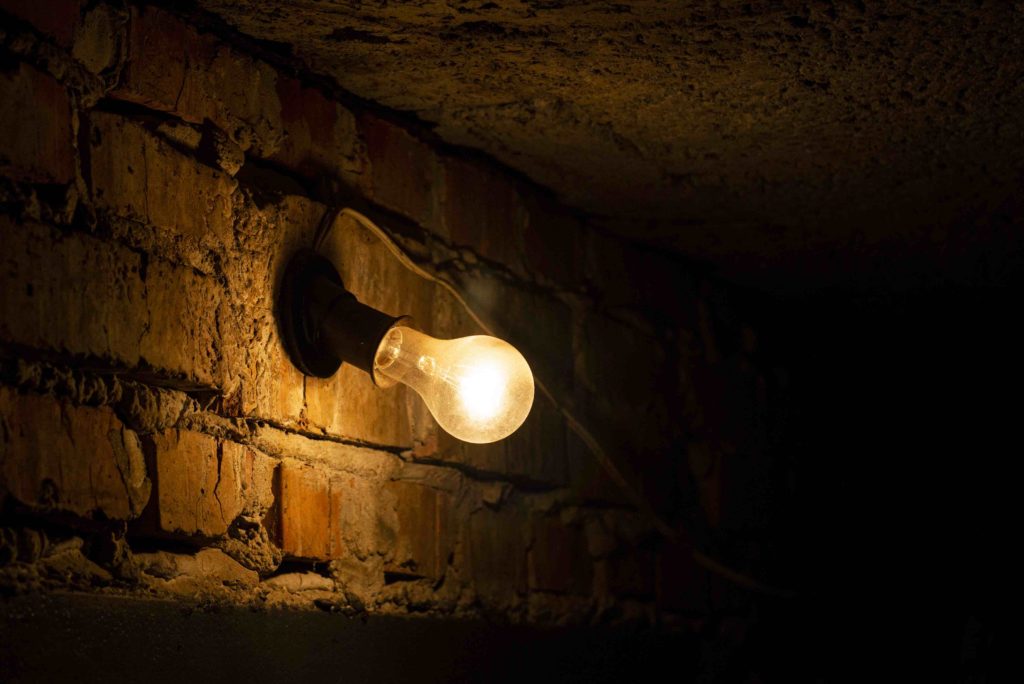
The law banning the production of incandescent bulbs was finally scrapped in 2019. Several reasons were given for scrapping the ban, including that the more efficient bulbs were more expensive than incandescent bulbs. The government also admitted that the ban had been a misinterpretation of the 2007 Energy Independence and Security Act.
Reasons People Still Use Incandescent Bulbs
People still use incandescent light bulbs for many reasons, including:
Cost: Incandescent light bulbs cost about 70 cents apiece, as opposed to compact fluorescent light (CFL) and light-emitting diode (LED) light bulbs, which cost $2 and $10 to $20 apiece, respectively.
Force of Habit: People sometimes habitually buy an incandescent light bulb simply because it is what they are used to. Others may not yet understand why they need to stop using something that has worked for so long.
Compact Fluorescent Lamps (CFLs)
Compact Fluorescent Lamps, also known simply as fluorescents, are a modern alternative to incandescent light bulbs. CFLs are a more energy-efficient substitute for incandescent light bulbs and have an average lifespan of 8,000 hours.
The History of CFLs
Experiments with fluorescent lights began as far back as the 1890s with Edison and Nikola Tesla. It was not until 1934, however, when General Electric’s Nobel-laureate, Arthur Compton, successfully experimented with fluorescent bulbs, that the technology was fully commercialized.
By 1951, fluorescent light bulbs were a bigger light source in the United States than incandescent light bulbs.
How do CFLs Work?
A CFL produces light when its argon and mercury vapor-containing tube receives an electric current that produces ultraviolet light. The fluorescent coating inside the tube gets excited by this current and produces visible light.
Pros and Cons of CFLs
Even though CFLs came as an improvement of the incandescent light bulbs, GreenAmerica.org, the non-profit that works towards growing a green economy, provides an idea of the merits and demerits of this light source:
Pros
- They last about 10,000 to 15,000 hours, which is ten times longer than incandescent light bulbs.
- Even though they cost more than incandescent light bulbs, their longevity means they cost less in the long run.
- CFLs are more efficient than incandescent light bulbs, meaning they produce more light while using less power.
Cons
- Mercury, a neurotoxicant (a substance that can harm the sense organs and central and peripheral nervous system), is a component of CFLs. However, mercury in a CFL light bulb is minute, making it not much of a concern.
- CFLs cannot be dimmed, making them unsuitable for use in certain situations.
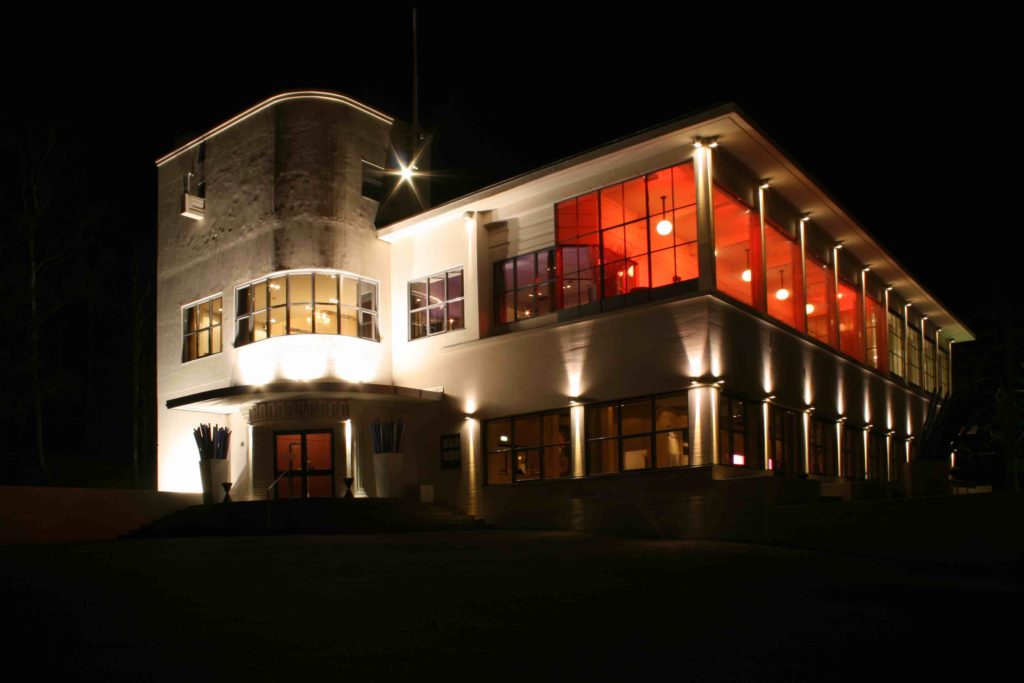
LED Light Bulbs
LED means Light Emitting Diode. Currently, there are no light bulbs that are more energy-efficient than LEDs. LEDs have two electrodes called a cathode and an anode, which allow electricity to flow through them. These electrodes make up an electrical device called a diode. When electrons go through an LED’s diodes, they generate visible light.
History of LEDs
Nick Holonyak, Jr., of General Electric, is credited for inventing the first visible-spectrum LED in 1962. The first LEDs produced were red diodes, with pale yellow and green diodes appearing next. Constant improvements on diodes have continued ever since.
Pros and Cons of LEDs
While LEDs are rapidly becoming the preferred style of lighting, they also have pros and cons:
Pros
- LEDs are the most efficient light bulbs right now.
- They last longer than CFLs and incandescent light bulbs.
- LED bulbs can be made to look like regular bulbs.
- Great at direct light (when light from a source falls on a precise object or area)
Cons
- LEDs tend to be more expensive, even though they are getting cheaper over time.
- They produce blue light. Blue light is the type of light present in natural light. This type of light is also produced by screens on devices like televisions and cellphones. It can temper with sleep schedules.
- Their brightness depreciates over time.
Comparing CFLs, LEDs, and Incandescent Light Bulbs
Now that we have an idea of the three main styles of light bulbs, let’s look at the seven key areas in which the three types of light bulbs differ.
The figures below are not always exact as products are different, making it impossible to give a specific measure for all LEDs, CFLs, or incandescent bulbs for any specific element. We provide general approximates based on research we have conducted:
| Incandescent | CFLs | LEDs | |
| Brightness: Is measured in lumens and is best measured in relation to power usage (wattage). The higher the lumens, the brighter the light bulb. | 16 lumens per watt. | 70 lumens per watt. | 89 lumens per watt. |
| Energy Efficiency: Is defined by how much power is required by a light bulb to generate a certain amount of lumens of light. The lesser the amount of power required, the more efficient a light bulb is. | To reach a brightness of around 700 lumens, an incandescent light bulb requires about 60 watts of power. | A CFL light bulb requires 15 watts of power to reach a brightness of around 700 lumens. | To reach a brightness of 700, an LED light bulb requires 8 watts of power. |
| Lifespan: Depicts the entire period you can use the bulb before you need to replace it. | The average incandescent bulb lasts for about 750 to 1,200 hours. | CFL bulbs can continue to give off light for up to 10,000 hours. | LED bulbs last the longest, offering over 25,000 hours of usage. |
| Costs: Incandescent bulbs retail at the lowest price but last the shortest, meaning they cost more in the long run. | At 10 watts of power, it costs around $3.00 a year to run an incandescent bulb. | At 10 watts of power, it costs about $1.70 to run a CFL bulb for a year. | At 10 watts of power, it costs around $1.30 a year to run an LED bulb. |
| Heat Emission: | More than 90% of the energy from incandescent bulbs is lost as heat. | About 80% of the energy from CFL bulbs is lost as heat. | LED bulbs give off the least amount of heat. |
| Mercury: | Mercury is not one of the components of incandescent bulbs. Still, incandescent bulbs contribute the most to the release of mercury (when coal burns to create electricity) into the environment due to their energy-intensive nature. | CFLs contain mercury (about 5mg each), making them harmful if not handled carefully. | LED bulbs are mercury-free. However, when the bulb uses electricity generated from coal, its mercury content comes from coal combustion. |
| Environmental Impact: | It has the most significant environmental impact due to the emission of greenhouse gases when electricity is generated. | Medium environmental impact because it uses lower energy than incandescent, but has the potential of mercury poisoning. | Most environmentally-friendly light bulb because it uses the least energy. |
More Light Bulb Ideas and Advice
LED and Color Temperature Explained
Light Bulb Identifier and Finder Guide
